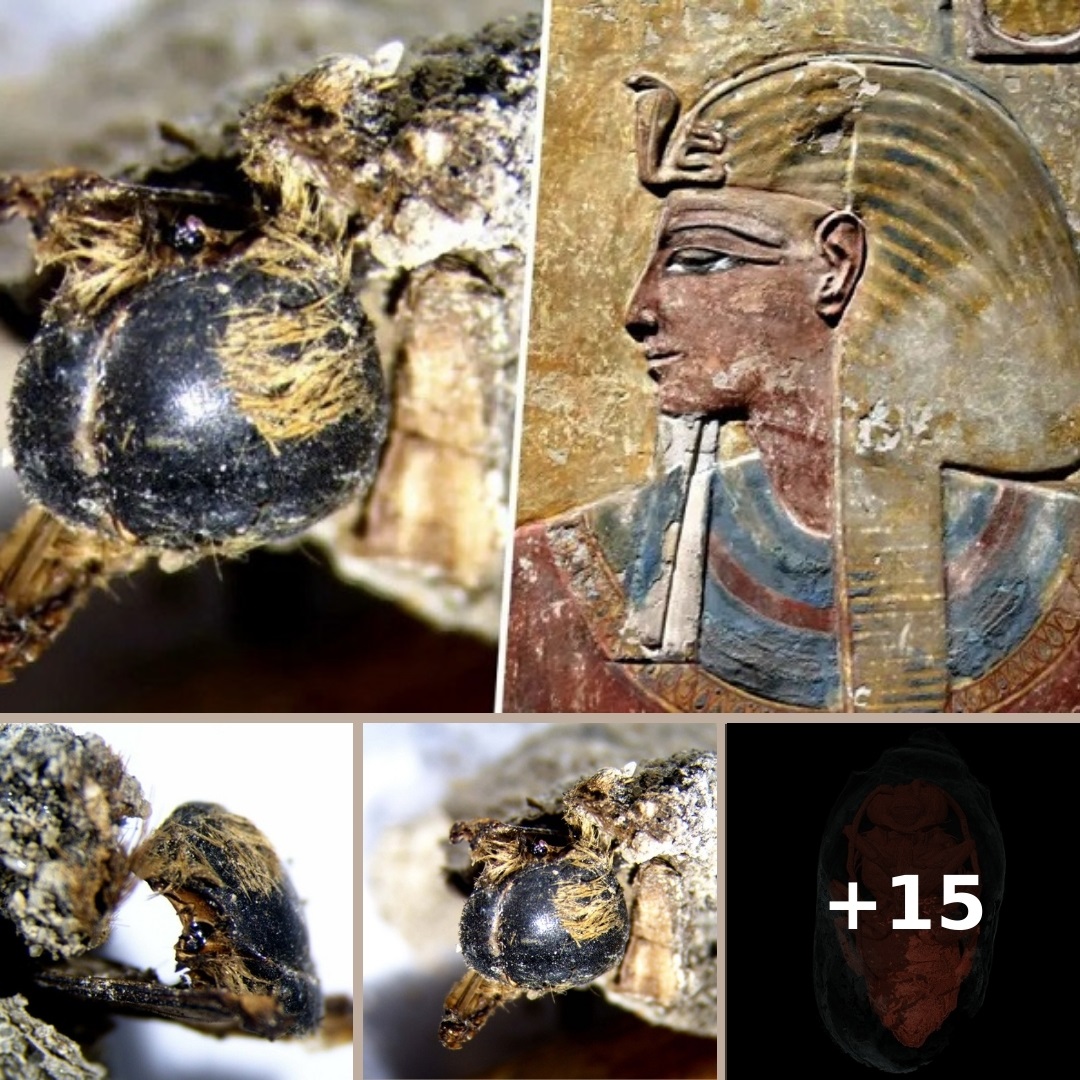Approximately 2975 years ago, Pharaoh Siamun governed over Lower Egypt while the Zhou Dynasty ruled in China. Meanwhile, in Israel, Solomon awaited his succession to the throne after David. In the region that we now know as Portugal, the tribes were nearing the conclusion of the Bronze Age. Notably, in the present-day location of Odemira on the southwest coast of Portugal, an unusual and uncommon phenomenon had occurred: an extensive number of bees perished inside their cocoons, their intricate anatomical features impeccably preserved.
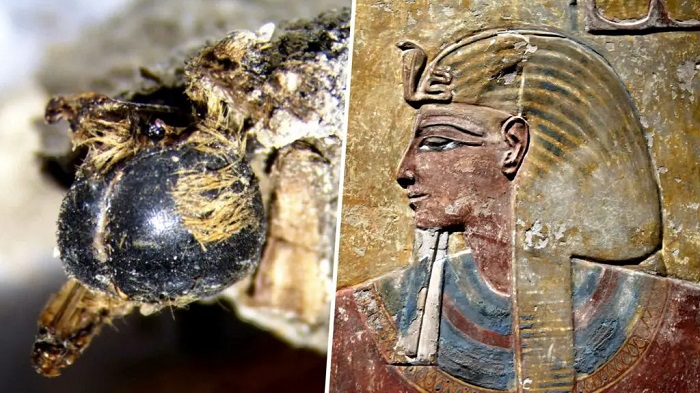
In a remarkable find, mummified bees encased in their cocoons have been unearthed along Portugal’s picturesque southwest coast. This extraordinary method of fossilization has provided scientists with a unique opportunity to precisely study the lives of these ancient insects, shed light on the ecological factors that may have affected them, and potentially understand the impact of climate change on present-day bee populations.
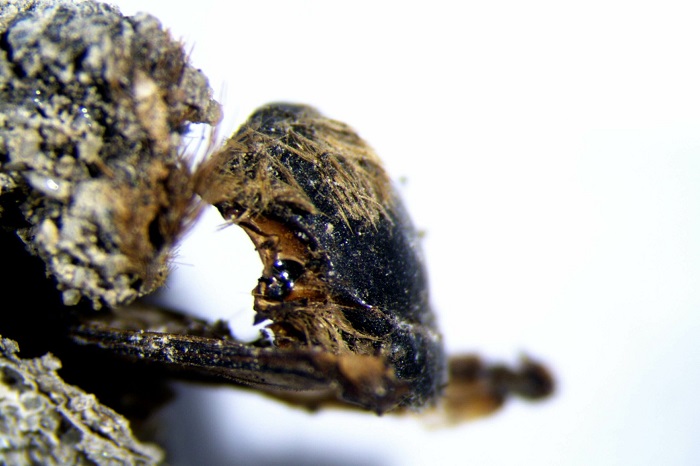
Hundreds of mummified bees inside their cocoons have been found on the southwest coast of Portugal, in a new paleontological site on the coast of Odemira. Andrea Baucon / Fair Use
The bees, which have been preserved to an exceptional level of detail, offer researchers insights into their sex, species, and even the pollen left behind by the mother. In total, four paleontological sites teeming with this rare find were discovered in the Odemira region of Portugal, with each site boasting a high density of bee cocoon fossils. But perhaps the most fascinating aspect of this discovery is the bees’ proximity in time, as these cocoons date back almost 3,000 years.
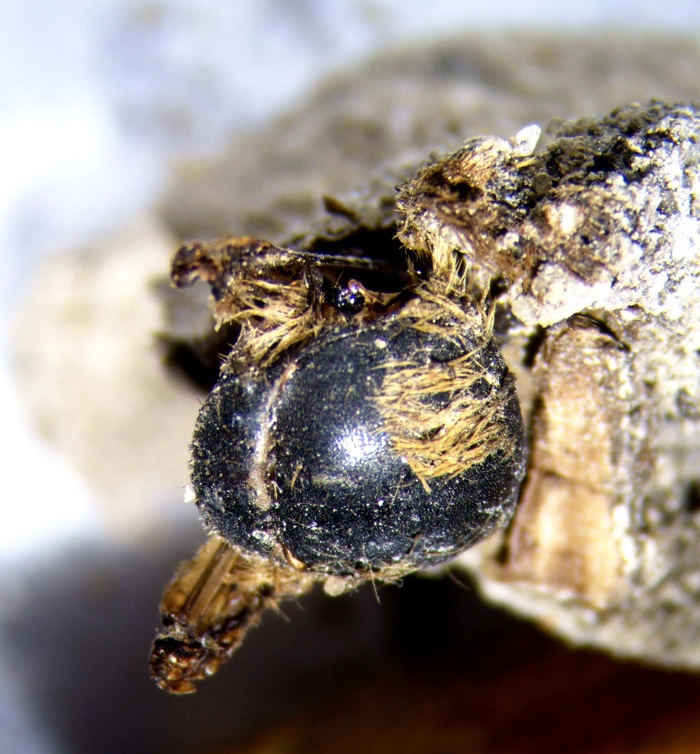
The cocoons, now discovered, resulted from an extremely rare fossilization method—normally the skeleton of these insects is rapidly decomposed due to its chitinous composition, which is an organic compound. Andrea Baucon / Fair Use
The mummified bees belong to the Eucera species, one of around 700 types of bees that still inhabit mainland Portugal today. Their presence begs the question: what ecological conditions led to their demise and subsequent preservation? While the exact reasons remain unclear, researchers have hypothesized that a decrease in night temperature or prolonged flooding of the area could have played a part.
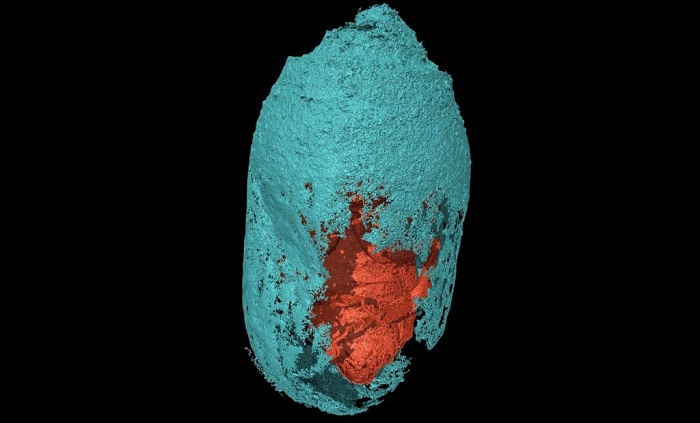
X-ray micro-computed tomography views of a male Eucera bee (ventral) inside a sealed cocoon. View obtained in the ICTP ElettramicroCT, Trieste’s Elettra synchrotron radiation facility in Italy.The image shows the architecture of the excavated brood chamber closed by the spiral cap, containing an adult bee close to abandoning the cell. Credit: Federico Bernardini/ICTP.
To explore these rare specimens further, the scientific community turned to microcomputed tomography, a cutting-edge imaging technique that provides three-dimensional images of the mummified bees lodged deep within their sealed cocoons. This groundbreaking technology allows researchers to examine the intricate anatomical structures of the insects and gain valuable insights into their past lives.

X-ray micro-computed tomography views of a male Eucera bee (ventral) inside a sealed cocoon. View obtained in the ICTP ElettramicroCT, Trieste’s Elettra synchrotron radiation facility in Italy.The image shows the architecture of the excavated brood chamber closed by the spiral cap, containing an adult bee close to abandoning the cell. Federico Bernardini / ICTP.
Though the discovery of these mummified bees is undoubtedly remarkable in and of itself, it is their potential implications that are even more captivating. As the world grapples with the growing threats posed by climate change, the decline of crucial pollinators like bees has become an issue of increasing concern. By understanding how these bees may have been affected by environmental changes in the past, scientists hope to gain insights into current bee populations and develop resilience strategies for the future.
The Naturtejo Geopark, encompassing the Odemira region, plays a central role in this research. As part of the UNESCO World Network, the geopark covers several municipalities and is dedicated to preserving and exploring the geological and ecological wonders of the region. The discovery of the mummified bees adds another layer of richness to the geopark’s incredible biodiversity and reinforces its importance in understanding the intricate complexities of our natural world.
The findings are published in the journal Papers in Palaeontology. 27 July 2023.
